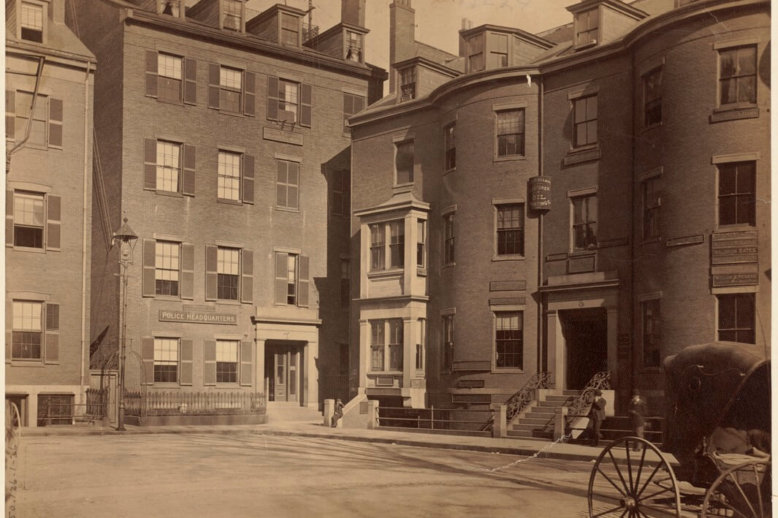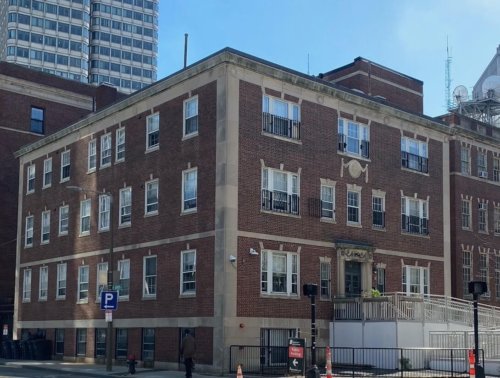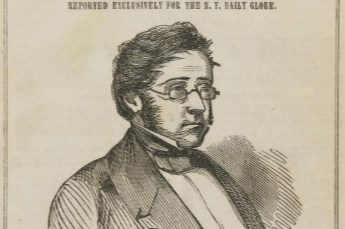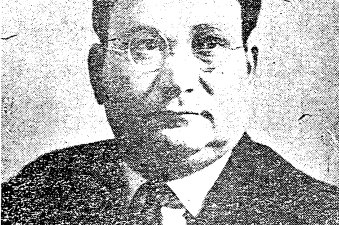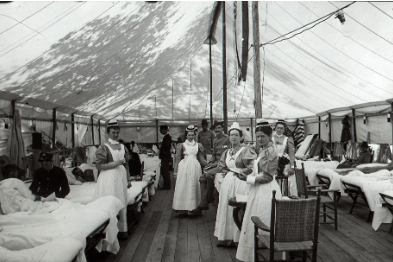Era: Immigrant Neighborhood (~1880-1960)
Immigration, first, second, and third-generation Americans, Settlement Houses, Irish politics, etc.
In September 1886, an unofficial boxing match took place on Staniford Street between two young girls, Lizzie and Mollie. The bout involved a makeshift ring, drawn-up terms, a referee, and two-hundred young people in a crowd. When a police officer arrived, the fight quickly ended, but the event made front-page news, and linked the West End to a century-old tradition of women and girls’ boxing in 1700s Britain.
For months, in 1885 and 1886, newspapers reported on a murder conspiracy which rocked the cities of Boston and Baltimore. West End locations played host to both the hatching of the plan to murder Mary (Somerset) Mellen in Baltimore, and the subsequent acts of justice in Boston.
The Temporary Home for Women and Children located on New Chardon Street in Boston’s West End was one of the first family shelters in the country. From its start as a small home on Charles Street, it has cared for women and children in need for over 150 years.
The convergence of Puritan values, attitudes toward immigration, and the prevalence of one university surrounding almost every aspect of the event, made the Parkman-Webster murder case a distinctively Boston story.
Part 1 of West End Hero Squares identified urban squares in the West End which the City of Boston renamed in honor of military personnel who died during service in WW1, and provided background on those soldiers and sailors. Part 2 will look at Hero Squares dedicated to those who served in WWII and the Korean War.
Hundreds of boys from the West End and other parts of Boston benefited from the financial, education, and moral support provided by the Burroughs Newsboys Foundation.
The tradition of dedicating city squares to service members lost in war began in 1898. Known as Hero Squares, the City of Boston has placed over 1200 memorials of this type throughout its neighborhoods. Easily overlooked as one navigates busy urban streets, an alert pedestrian walking through the West End will notice its share of these memorials to those who sacrificed their lives in duty.
Since its opening in 1821, the Massachusetts General Hospital has had a long tradition of caring for West Enders, Bostonians, and other patients from across the globe. This tradition includes a history of its nurses and doctors putting their own lives at risk while serving military personnel during wartime.



